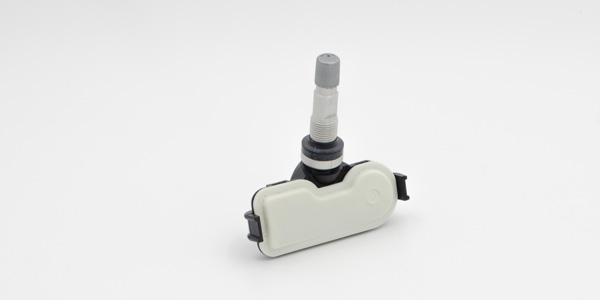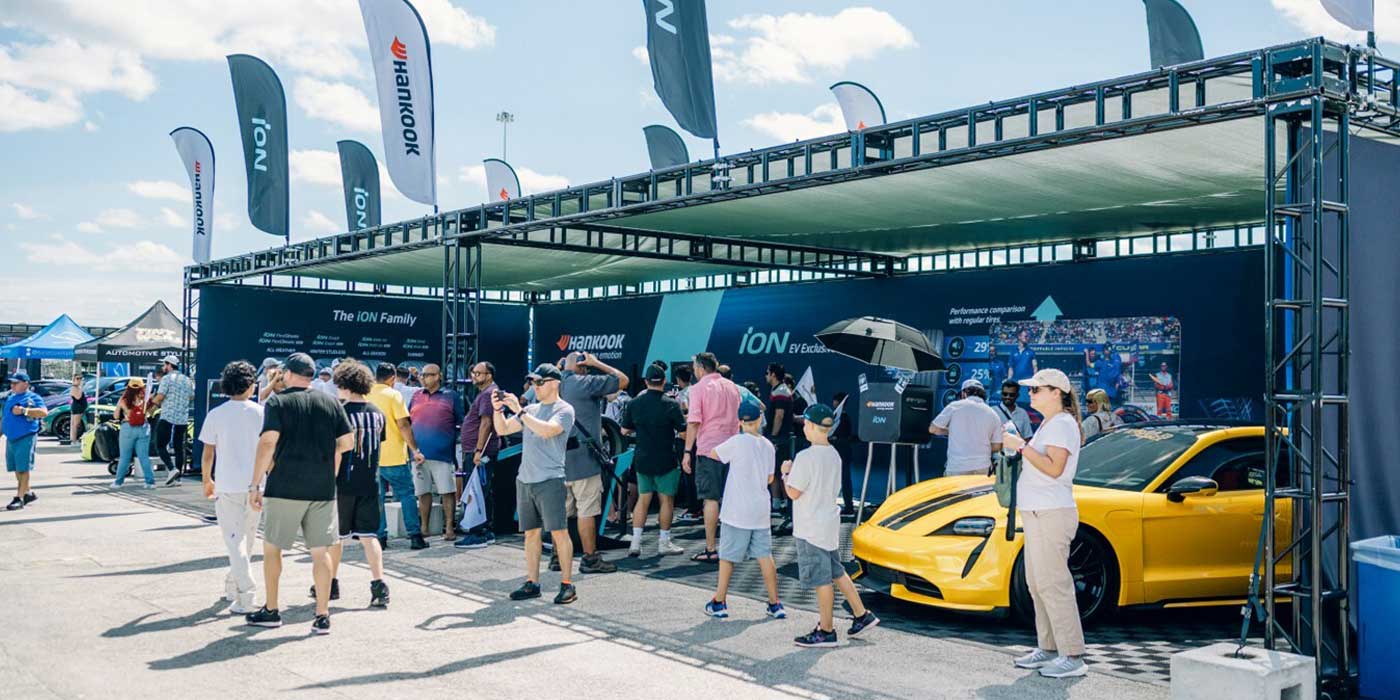
Tire Pressure Monitoring Systems (TPMS) have been required on all passenger cars and light trucks since model year 2008. The government made TPMS mandatory in response to a rash of rollover accidents and fatalities caused by underinflated tires blowing out on certain SUVs.
TPMS systems use tire pressure sensors to monitor the inflation pressure inside each tire. If the inflation pressure in a tire suddenly drops or goes below a certain trigger threshold (typically around 22 to 24 PSI), it should turn on a warning light to alert the driver. The more sophisticated systems also display the actual pressure readings for each tire and tell you which tire is low. Adding air to the low tire should make the light go out the next time the vehicle is driven – unless the tire is going flat due to a leak, in which case the tire will have to be repaired.
TPMS systems are touted as being life-savers. However, they also can be rather annoying at times. False warnings often occur during cold weather when temperatures plunge because the air pressure inside a tire typically drops about 1 PSI for every 10 degrees F. (cold air is less dense than warm air). Consequently, a tire that is a little low during warm weather may trigger a warning light during a cold snap.
The warning light also may come on or flash if any of the tire pressure sensors go bad. The lithium ion button battery inside the sensor is not replaceable and has an average service life of maybe five to seven years depending on miles driven. The more miles driven, the more signals the sensor generates and the faster it consumes its battery. Cold weather also can lower the available voltage of an aging sensor battery, causing the sensor to stop broadcasting until the temperature goes back up.
As a rule, the life of a tire pressure sensor is about the same as a good set of high-quality tires with a high tread-life rating (500 or higher, which roughly translates to 75,000 miles or more depending on road conditions, type of driving and wheel alignment). Most sensors should last as long as the first set of original equipment tires, but they probably won’t last the full life of a second set of tires. That’s why tire dealers recommend replacing the TPMS sensors when a new set of tires is installed.
Corrosion has proven to be a serious problem for some import tire pressure sensors with aluminum valve stems. The stems corrode and crack or break off, causing a sudden loss of air pressure and a flat tire (the exact thing they were supposed to prevent). Aftermarket TPMS valve stems with better corrosion resistance or rubber outer stems can prevent a reoccurrence of such failures.
Replacing a set of aging tire pressure sensors is not a task most DIYers can do because it requires dismounting and remounting the tires on the wheels. Yes, it can be done manually with a set of tire irons and a big hammer. But is it worth the risk of scratching or damaging an expensive set of alloy rims? Probably not, considering most tire dealers can do it on a tire-changing machine without damaging the rims, for little or no extra cost (assuming a customer also is buying a new set of tires).
New sensors need to be programmed and activated to function properly when they are installed. “Universal” sensors allow a relatively small number of SKUs to cover a wide range of applications. Some of these sensors are preprogrammed and others require programming with a scan tool. Once the sensors are installed, each one needs to be activated in a certain sequence with a magnet or electronic tool so the TPMS system can learn their exact wheel position. If these steps are not taken or performed in the correct sequence, the TPMS system may not function correctly or flash the warning light.
One final word of caution about tire pressure sensors. Most aerosol tire sealers say they will not harm the sensors. But some products designed for older vehicles without sensors may gum up the sensors if used in a later-model vehicle that has TPMS.











